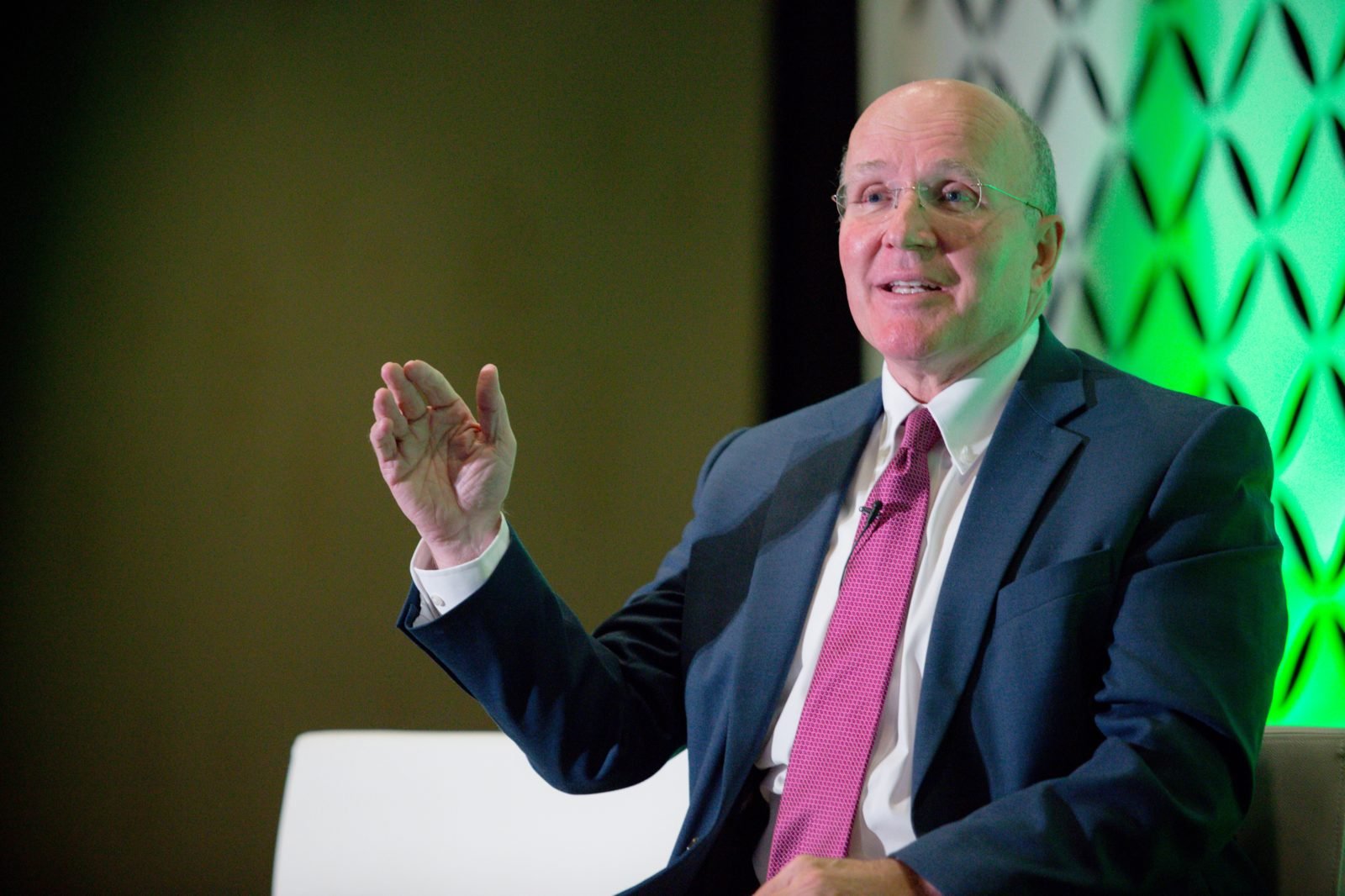Ed's Topics
The song "Happy Birthday" is now in the public domain, and you get to hear Ed sing happy birthday to Ron royalty free!
Price Gouging for Drugs
Turing Pharmaceuticals and its CEO Martin Shkreli clearly made a serious mistake in pricing, but chalking it up to gouging and greed missed a large part of the story.
The Freedom Report, Fraser Institute
The index published in Economic Freedom of the World measures the degree to which the policies and institutions of countries are supportive of economic freedom. The cornerstones of economic freedom are personal choice, voluntary exchange, free- dom to enter markets and compete, and security of the person and privately owned proper
Ron's Topics
Airplane Space is a Human Right?
The Washington Post, September 17, 2015: "Airplanes' space wars are shifting to the human rights front, by Christopher Elliott.
KPMG Australia: Disruptive Innovation?
Hat tip to our good friend Brent Uken at EY for passing this along.
"KPMG Australia disrupts itself with online marketplace for idle staff hours KPMG has launched a new online marketplace to offer the down-time of staff to clients for short term jobs at a discount. Like Airtasker.com or Freelancer.com – but for KPMG clients and staff only.
Martin Sheppard, KPMG Australia's lead brand and innovation partner, likens KPMG Marketplace to an airline maximising "yield" by selling last-minute seats cheap. The idea grew from a response to an in-house ideas competition. "Relationship partners" don't get to sign off on KPMG Marketplace assignments bought by "their" clients. A start-up built the platform, not a big IT house.
Some partners bristled at the idea of discounting charge-out rates. But the marketplace meets more business needs than optimising revenue from highly paid workers. Traditional professional services firms like KPMG don't turn a dollar of revenue online. That leaves them ill-equipped to exploit the boom in use of contingent labour by pared-to-the-bone clients struggling with peak workloads.
KPMG Marketplace can also be used to sell other services. KPMG generated ideas from its staff via an internal competition, dubbed iTiger (i is for innovation). The idea that became KPMG Marketplace started as an idea for overworked KPMG staff to farm out batches of work internally. Others gave it a client focus, and KPMG Marketplace was born. Gestation was 18 months from "lightbulb moment" to launch.
KPMG Marketplace works like this: Clients struggling with short-term peak seasons or workloads submit assignments online – for example, in foreign exchange reconciliation, financial modelling, data or business process analysis or project administration. They might get three CVs back – and choose one, who comes to work for them for up to 10 days. Longer secondments – say for a stand-in chief financial officer – will continue to be dealt with by the traditional process of speaking with a partner and signing an engagement letter setting out terms and conditions. Engagement online via KPMG Marketplace is more efficient, which explains part of the discount."
We discuss why we believe this is a flawed strategy for a so-called professional knowledge firm (and my Alma Mater).
Question & Shout Outs
Tim Rodman (@TimRodman) asks: If using timesheets means you are "a practicing Marxist", how bad would a Bernie Sanders win be for the @VeraSage mission?
To BJ Lee (@bj_lee_), a vocal coach, who asked us about pricing. We suggested he offer options, which he did, and the customer selected the highest priced option. Congratulations, BJ!
Thanks for Justin Royer (@justin_royer) for letting Ron know he will have to get his check book out to purchase the Apple car, scheduled to be released in 2019. Read about it here.













